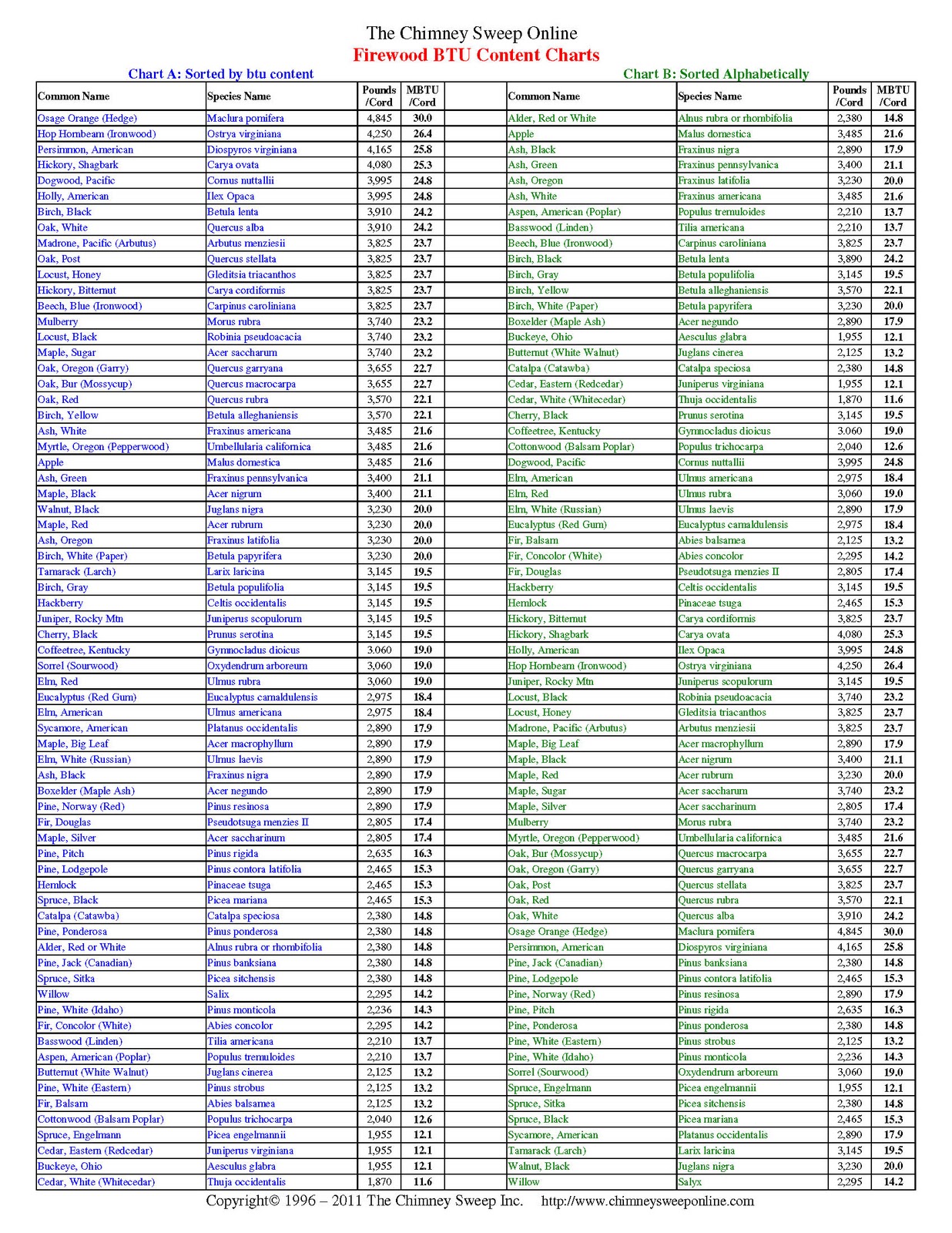woodchip rookie
Addicted to ArboristSite
So its the "norm" to not burn pine but what about good, clean, kiln-dried 2x4's? I know a sappy ass pine tree would be a no no but what about the good clean stuff? Had anybody ever burned strictly pine for a whole burning season then compared the amount of deposits compared to "good" hardwoods? I have an old modded Fisher stove & that little dude burns HOT. I dont have cool-burn issues with this stove. Just wondering how much pine I can get away with safely. I know it burns fast and little pieces like 1x4's and 2x4's wont last long but during the day when I can tend to the stove more often I wouldnt mind loading every hour or whatever then at night I can dig into the giant pile of free ash that I have 





